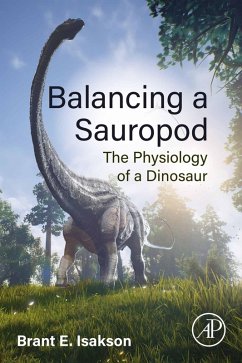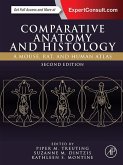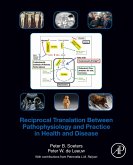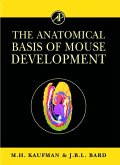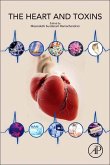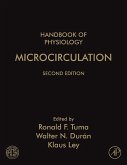One completely unexplored area in terms of physiology is the era of dinosaurs - with good reason, they lived over 100 million years ago and we're left to make inference based on fossilized bones. However, by merging classical, comparative and extreme physiology and applying it to current paleontological knowledge of dinosaurs Balancing a Sauropod: The Physiology of a Dinosaur will for the first time begin to provide a sound physiological underpinning for how they may have lived 100 million years ago.The climate dinosaurs lived in was extremely hypoxic compared to what we live in now, begging the question, how did the dinosaurs breathe in the hypoxic Jurassic era? These questions and others expand to multiple fascinating questions the book will dissect in order of organ systems.The topics focus on major organ systems and apply it to sauropod physiology. Less emphasis is given to the skeletal system, as that has been discussed extensively in other literature. Each organ system will be discussed in terms of function and current understanding of how they work in a comparative environment. Balancing a Sauropod: The Physiology of a Dinosaur is written to the technical level to both inform the lay reader and provide a sound argument to scientists in the field. - Introduces how a dinosaur utilized its complete organ system to function physiologically as an animal - Discusses how the once-dominant sauropod could have come to specialize and adapt at the physiological level to the Jurassic environment - Explores extreme physiologies
Dieser Download kann aus rechtlichen Gründen nur mit Rechnungsadresse in A, B, BG, CY, CZ, D, DK, EW, E, FIN, F, GR, HR, H, IRL, I, LT, L, LR, M, NL, PL, P, R, S, SLO, SK ausgeliefert werden.

